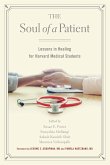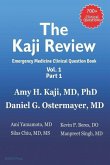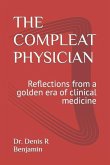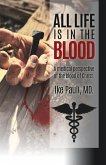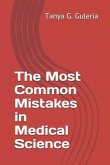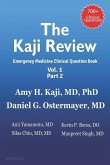Nineteenth-century medicine is characterised by rapid technological change, new methods of diagnostics and treatments of disease, long-reaching developments in medical science, and professionalisation. This has led to great interest in the period and a large body of scholarly and popular research. However, much of this scholarship studies British, German and French contexts. There is a pressing need to study how knowledge and practice were transferred between regions and how medical technologies were adapted locally. Using Swedish and Danish medical journals, Kristin Halverson looks more closely at the relationships between knowledge, practice and device between 1855 and 1897. Medical devices appear frequently in journals and are often related to practical matters. With this in mind, this study examines four technological concerns in medicine more closely, namely devices used to examine the nose, throat and eye; orthopaedic practice; Listerist antisepsis; and the introduction of asepsis. These cases highlight how technologies were adapted locally and in practice. This is a history of nuance that highlights the diverse landscape of nineteenth-century medical practice.
Hinweis: Dieser Artikel kann nur an eine deutsche Lieferadresse ausgeliefert werden.
Hinweis: Dieser Artikel kann nur an eine deutsche Lieferadresse ausgeliefert werden.


